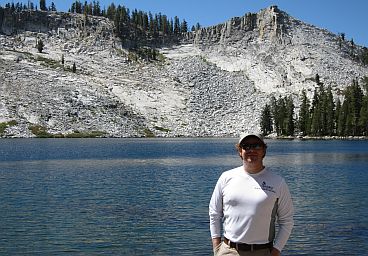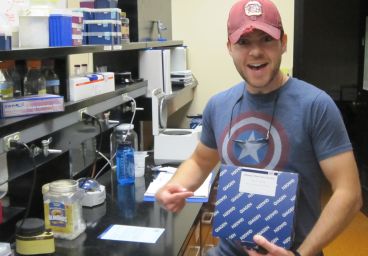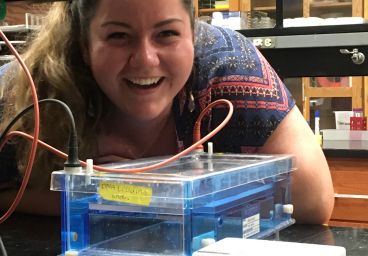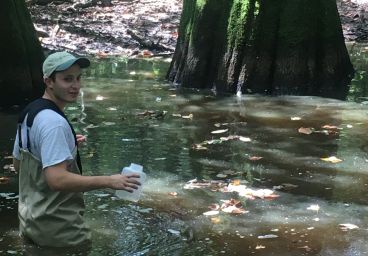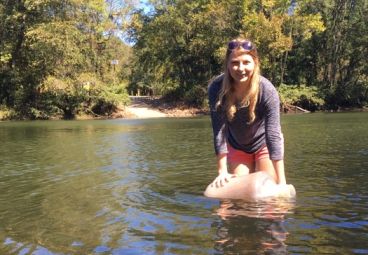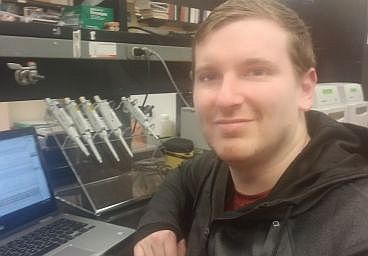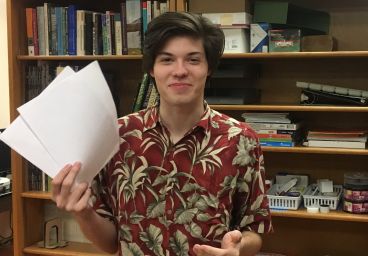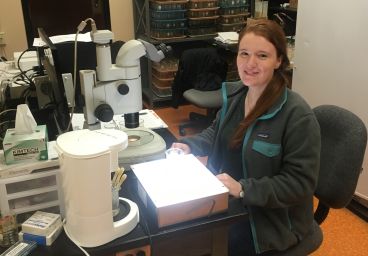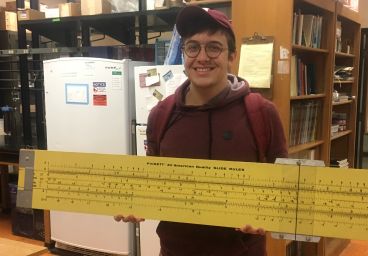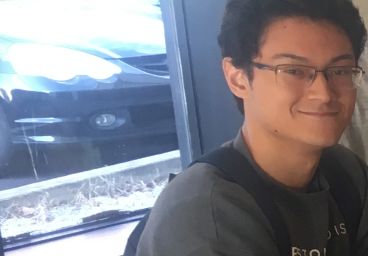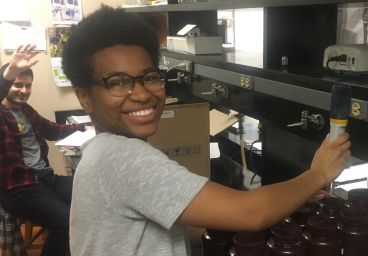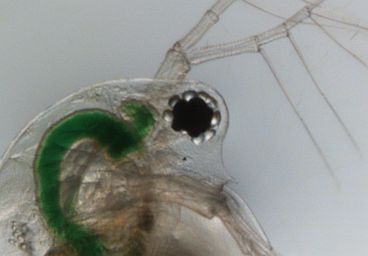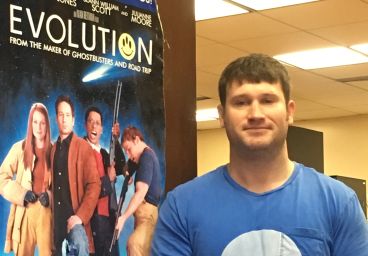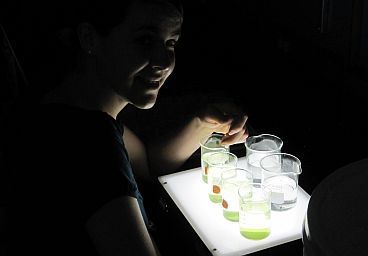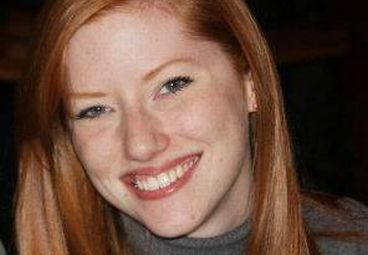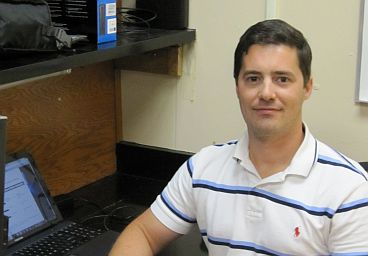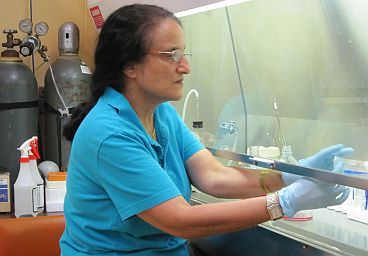Eunsuk Kim Ph.D., former post-doc, Survivalist, and Token Plant Ecologist
Eunsuk completed a disseration at That Crimson Place where he studied life history variation in terrestrial
plants. And then, mirroring Jeff’s grad-to-postdoc switch, came to work on genetic variation in aging in
Daphnia. Our main challenge is reminding him that, as animals, we feed Daphnia food, not
nutrients. At least, not directly. Eunsuk became our go-to guy for R, since his first task was to make sense
of our farrago of information on Resveratrol effects in Daphnia, and he had to do it all in R. Eunsuk
departed the lab to take a position as a faculty member in his home country of Korea, at the Gwangju Institute of
Science and Technology. We still consider him a part of the lab, though, because his manuscripts aren't finished.
(Hint, hint, if you're reading this, Eunsuk.)

